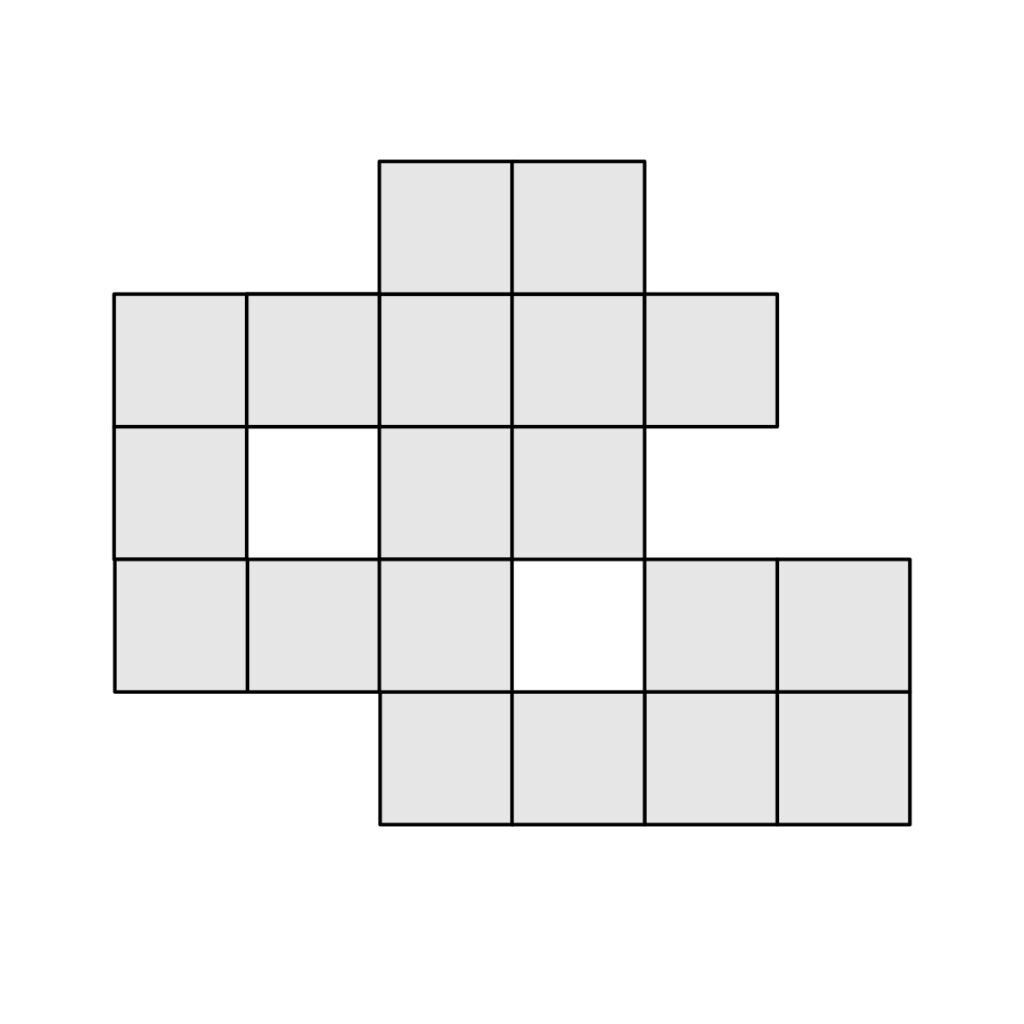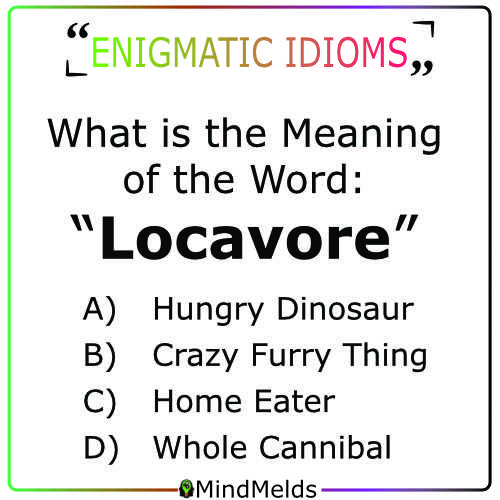Did you know?
“When you don’t use your brain very much, it gets weaker,” Kesari told Healthline. “I think it is important for brain health that you use your brain more.”
Dr. Santosh Kesari, neuro-oncologist, and chair of the Department of Translational Neuro-oncology and Neurotherapeutics at the John Wayne Cancer Institute at Providence Saint John’s Health Center in California (Source: HealthLine.com)
Visual puzzles involve information processing elements such as attention, focus and problem solving, being among elements used in interventions that seek to deal with ADHD. Attention-deficit/hyperactivity disorder (ADHD) is marked by patterns of inattention and/or hyperactivity-impulsivity interfering with functioning or development. Brain training processes including apps for delivery have been promoted as having some effect on ADHD, although studies are both for and against measurable effects. These brain training processes usually have some form of cognitive training that focus on specific shills – such as attention, problem solving or comprehension. Researchers have found a spectrum of effectiveness of brain training apps, where improvements were seen in cognitive tasks subject of the training but the transfer effects to untrained tasks were questioned.
Healthy Brains; Speed of Processing
The above being said, as Dr. Kesari has surmised, the more that you use different parts of your brain, the stronger the brain’s capabilities in terms or what is being exercised and the parts of the brain responsible for those activities. Speed of processing tasks potentially help the brain to process visual information quicker. A visual puzzle is designed to test the speed and accuracy of the puzzler’s visual attention. Whether such has direct prospective effects on ADHD remains to be quantified and qualified, but it is reasonable that whether we are using brain training apps or a more traditional visual puzzle for delivery, through visual thinking we are engaging in cognitive activities that can challenge and use our mental faculties for general brain health.
PUZZLE: How may squares are there?

Critical Thinking, Logical Thinking, Pattern Identification, Visual Logic, Attention to Detail
Skills
ANSWER:
There are 21 single tile squares, 10 squares of four tiles and 2 squares of nine tiles, for a total of 33 squares.
[kaya_qrcode title_align=”alignnone” ecclevel=”L” align=”alignnone”]













